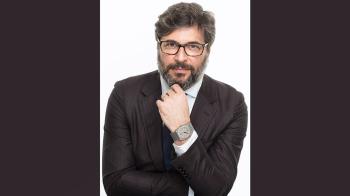Guido Terreni joined Bulgari in 2009 and has overseen the introduction of the Octo, Serpenti and Lvcea lines. As the New Year and its new models approaches, WorldTempus reviewed the past ten years with Bulgari’s timepiece supremo.
How have you experienced the evolution of the Bulgari watch collection over the past ten years?
It has been a great adventure since March 2009. From that point on we completely revised the collection as it existed at the time. The entire accomplishments of the past decade are a result of a very intimate process in which we stopped looking at the competition and started looking at ourselves and who we wanted to be and what we wanted to stand for in terms of watchmaking. That was a really introspective undertaking that made us dig into our soul and come up with products that are unmistakably Bulgari.
The first major launch that I orchestrated was the Serpenti in 2010. It is the best illustration of the results of this work, since it is a watch like no other and it is an extremely feminine watch. It is not just a downsizing of a gent’s watch. It’s more about thinking about a woman with personality who is in charge of her own choices – somebody who doesn’t follow the crowd. The genius of Italian design has also come into play because we have taken something as mundane as a gas pipe (Tubogas) and turned it into jewellery.
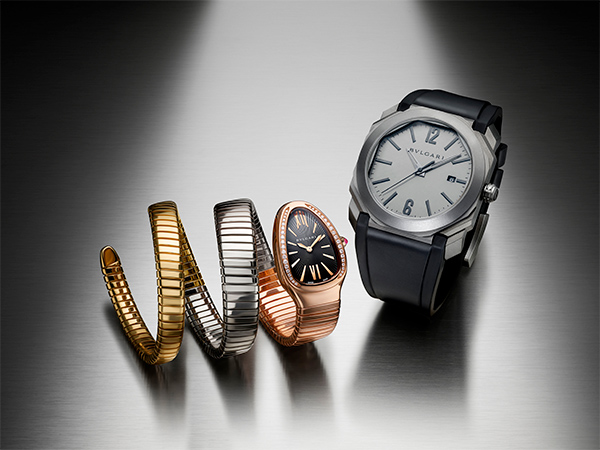
The other great story is the Octo, because this was born after the integration of the Gérald Genta and Daniel Roth brands that was instrumental in developing the Bulgari brand, because it gave a brand with a strong affinity for aesthetics and lifestyle the highest watchmaking expertise.
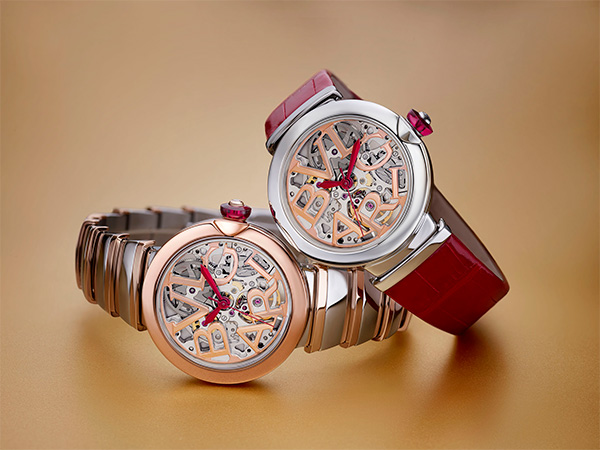
The Lvcea is the most recent addition and it gives a classic round shape for a feminine watch. It has been an extremely rewarding process. It was difficult at first because we had to explain our vision internally, then externally. The more it became real, the easier it was for people to understand.
You mentioned forgetting about the competition. Was that easy?
Yes, because you develop a sense of belonging to the brand. After so many years the brand gets under your skin and it becomes almost instinctive. In the past ten years I don’t remember ever seeing a document sent to Fabrizio [Editor’s note: Fabrizio Buonamassa, Creative Director] in the design department because we both understand what the needs for the brand and the customer are, but we need to give maximum creativity to the design process. We have developed an understanding of who we wanted to be. The challenge was then to make this a commercial success, because you have to create the product but also everything that goes with it. We were looking for the emotion that can translate into a rational decision to buy a product.

I always say that in design you can have three reactions: “I like it”; “I don’t like it” and “Wow!”. The Serpenti is what gives us the “Wow!” factor. The Finissimo is the example for gents’ watches, because it is surprising and unconventional.
But surely watches like the Diva Finissima Minute Repeater would not have been possible without the expertise you have developed from a purely horological point of view?
Of course, with such powerful expertise at our disposal it’s much easier for us to say that nothing is impossible. The breakthrough with the Octo was to have a contemporary interpretation of ultra-thin watches, which up until the launch of the Octo had tended to have more conservative designs. We wanted to break these rigid rules and give a man the sensation of having something new on his wrist.
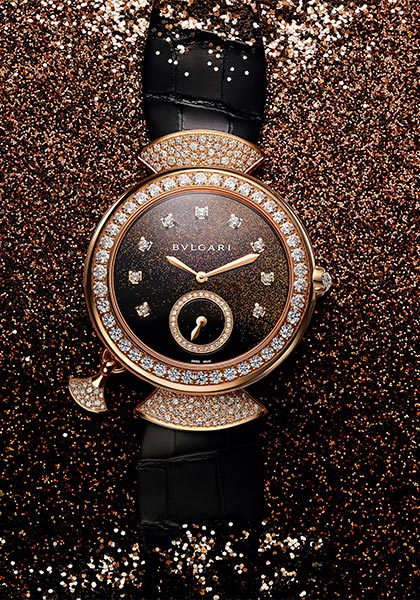
Once you have such interesting movements you can start to ask yourself whether you could use them in the ladies’ models. My answer was that we probably couldn’t use all of them (the automatic movement, for example, was designed to fit into a 40mm case, so it is probably more suited to a gents’ watch) and there was in any case no obligation to do so. But the minute repeater is smaller in size and fits in a 37mm case very well. I had the idea to launch a ladies’ minute repeater as a first for the brand and it was a huge success. We wanted to keep it quite exclusive but the number of women who were interested in it was much higher than we thought. In turn that creates problems for us because we also have to produce the Octo Finissimo Minute Repeater!

The Octo Finissimo has been a resounding success regardless of the materials you have chosen for the case, bracelet and dial. Do you have any red lines that you would not cross in terms of materials or movements?
If you speak to Fabrizio, he has extreme pleasure in dismantling this kind of question. He loves a challenge and I like this interplay between the creative side and the watchmaking side of the brand. We work together very well, but it is also a case of two different cultures coming together and encouraging both sides to excel themselves.
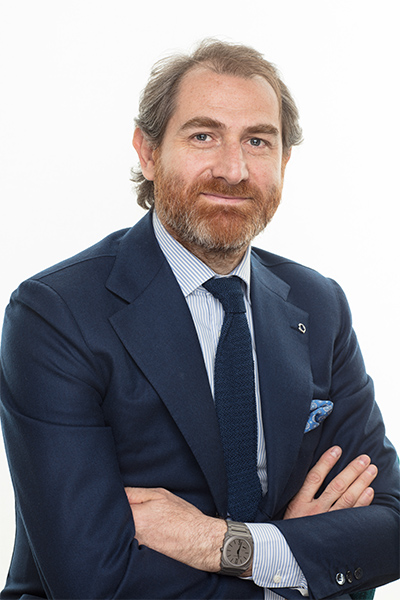
The fact that we have achieved so many things on the technical side gives us even greater courage and audacity. If we had put some of our most recent ideas forward a few years ago there would have been much more resistance. There is a belief that we can head into the unknown and we cannot only look to the past for our inspiration. It’s good to be able to question people who say “we have always done it like this.” For the Finissimo in particular it has been a process that has been driven by aesthetics and technology. In fact, the aesthetic evolution took as much time as it did to develop the watches themselves. If you go back to 2014 when we shocked the world with the thinnest tourbillon in platinum, it had a black lacquer dial and an alligator leather strap. So it was quite conservative in terms of the materials we used. But the shape was so modern and fresh that it was already a strong statement. The minute repeater was the model that brought us towards a more contemporary style, but still without a bracelet. The automatic model took three years longer to develop, which is quite fortunate, since we weren’t really ready on the aesthetical side of things. Usually we drive the aesthetics and the technical side has to follow, but in this case we had the opportunity to stretch the aesthetical side of the watch even further.
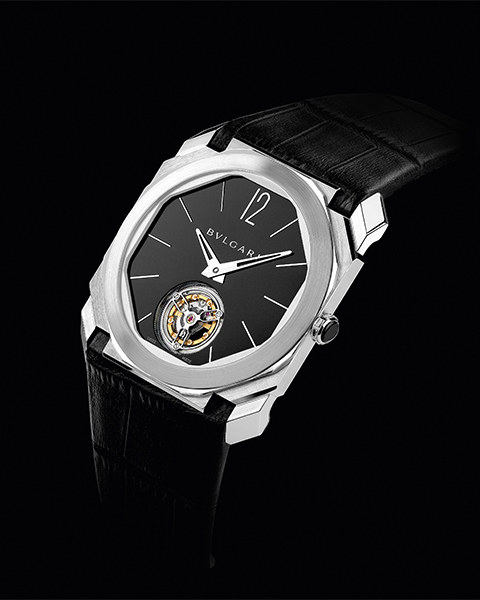
Is there anything we would never do? No. But for sure we are not going to have a proliferation of references or create a new watch just because someone asks us to do a blue dial. We need a genuine reason behind a new product.
The sandblasted finish on the Octo models is very distinctive. Has it been difficult to maintain this look across all the different metals?
The titanium came first and that is a simple sandblasting treatment. We have to have a uniformity of finish across three different components: the dial, the case and the bracelet. This is not easy because each component reacts to the treatment differently. The dial is completely flat; it’s a piece of titanium that is just 0.3mm thick. The case has round surfaces on the bezel plus all the angles of the octagonal shape, the bracelet has yet another different shape. The titanium doesn’t show up the differences as much, but when we introduced the white steel any differences in the grain were much more apparent and the light reflected more, so it took us a lot more time to perfect the uniformity. We also had to add 2 microns of gold and 2 microns of palladium to the steel before the rhodium plating to get the look that we wanted.
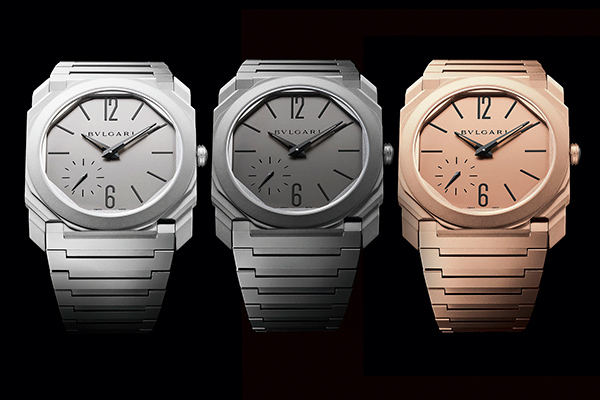
Is there a particular type of watch or project that you enjoy working on most?
I’m in love with the Finissimo and I cannot say that there is a reference that I like more or less than the others. They all have their own reason to be. The best development by far is the automatic movement. It’s not the most expensive but it was the most difficult and it’s the most relevant.
How can you be so sure of your choices?
I think it is related to how you look at life in general. Vintage watches are very popular at the moment. When we were younger we used to think that the future would be a better place to live; now there is a lot more uncertainty so people are less optimistic and think that it was better in the past. This is why people are looking back to the past. I refuse to do this as a person and Bulgari refuses to do this as a brand, so we push ourselves to create things that are unexplored. We start with a blank piece of paper but this is very difficult. A lot of other brands talk about DNA and re-interpreting their past. I think we should be looking more into our soul and our emotion. DNA is a scientific thing and it’s a rule – it doesn’t change at all throughout your life.
Every vintage watch today was disruptive in its era. I prefer to be designing something that is disruptive now rather than re-interpreting something that was done in the past. Furthermore, serious watch fans and collectors will always look for the original rather than the reinterpretation.
This doesn’t mean that the past is not important. It defines us and is part of us and we have to respect it, but it doesn’t mean we have to keep replicating it.
